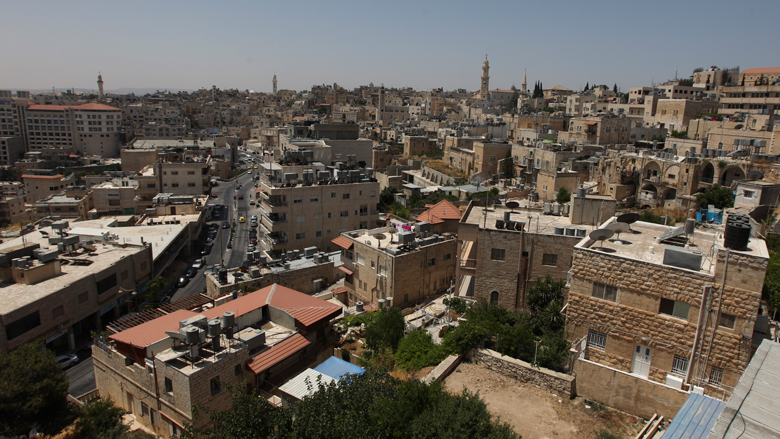The Palestinian economic outlook is worrying: recovering slowly from the recession of 2014, the per capita income growth has almost stagnated and projected growth levels will not support an improvement in living standards.
The growth rate of the Palestinian economy is projected to hover around 3.5 percent in the medium term. Given the high population growth in the Palestinian territories, this implies a near stagnation in per capita incomes.
The economy has also not been able to create enough jobs, resulting in stubborn unemployment rates reaching 27 percent in 2016 (18 percent in the West Bank and 42 percent in Gaza), despite recent steps by Israel to increase the number of work permits for West Bank Palestinians. The productive capacity of the Palestinian economy has been eroded over the years with a significant decline in the size of manufacturing and agriculture in the economy.
Despite impressive fiscal consolidation efforts over the years, the Palestinian Authority’s (PA) fiscal situation remains fragile with a US$600 million financing gap projected for 2016. The PA has managed to reduce the relative size of the fiscal deficit by 15 percentage points of GDP over the last decade, a highly impressive achievement rarely experienced in other places around the world. The improvement in the deficit has been achieved through a general containment in the wage bill and efforts to curtail net lending.
The total deficit is projected to further decline to US$1.3 billion in 2016, 10 percent of GDP. Yet, recent trends in foreign aid have projected the full 2016 donor support at under US$700 million (down from about US$2 billion in 2008) -- resulting in a financing gap in excess of US$600 million.
The current critical situation requires renewed efforts by the donors, the PA and the Government of Israel (GoI). Until there is a permanent peace agreement, the Palestinian economy will continue to perform below its potential and this will impact the economic and fiscal performance. However, even without a final peace deal there is more that can be done to enhance the performance of the Palestinian economy and improve the fiscal situation.
